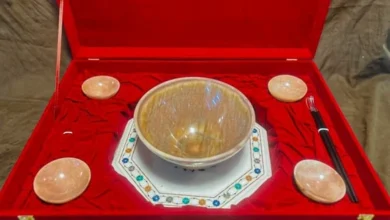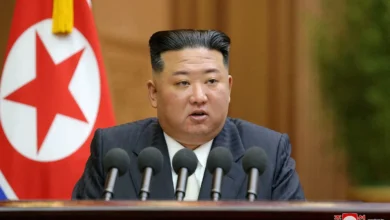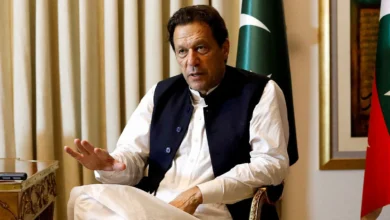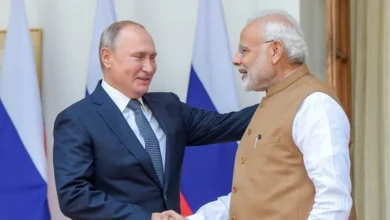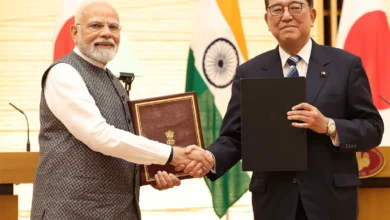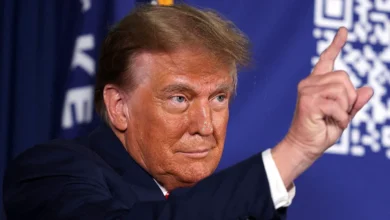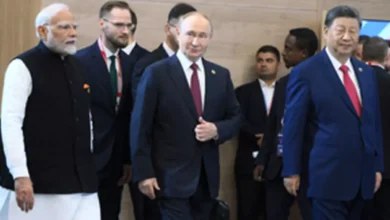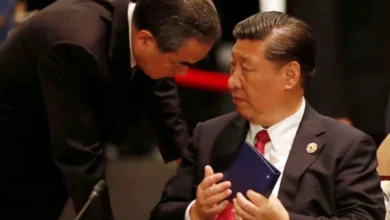Israel-Iran war: How Israel built nuclear weapons and kept them a secret for decades? The elaborate deception that fooled the US and world
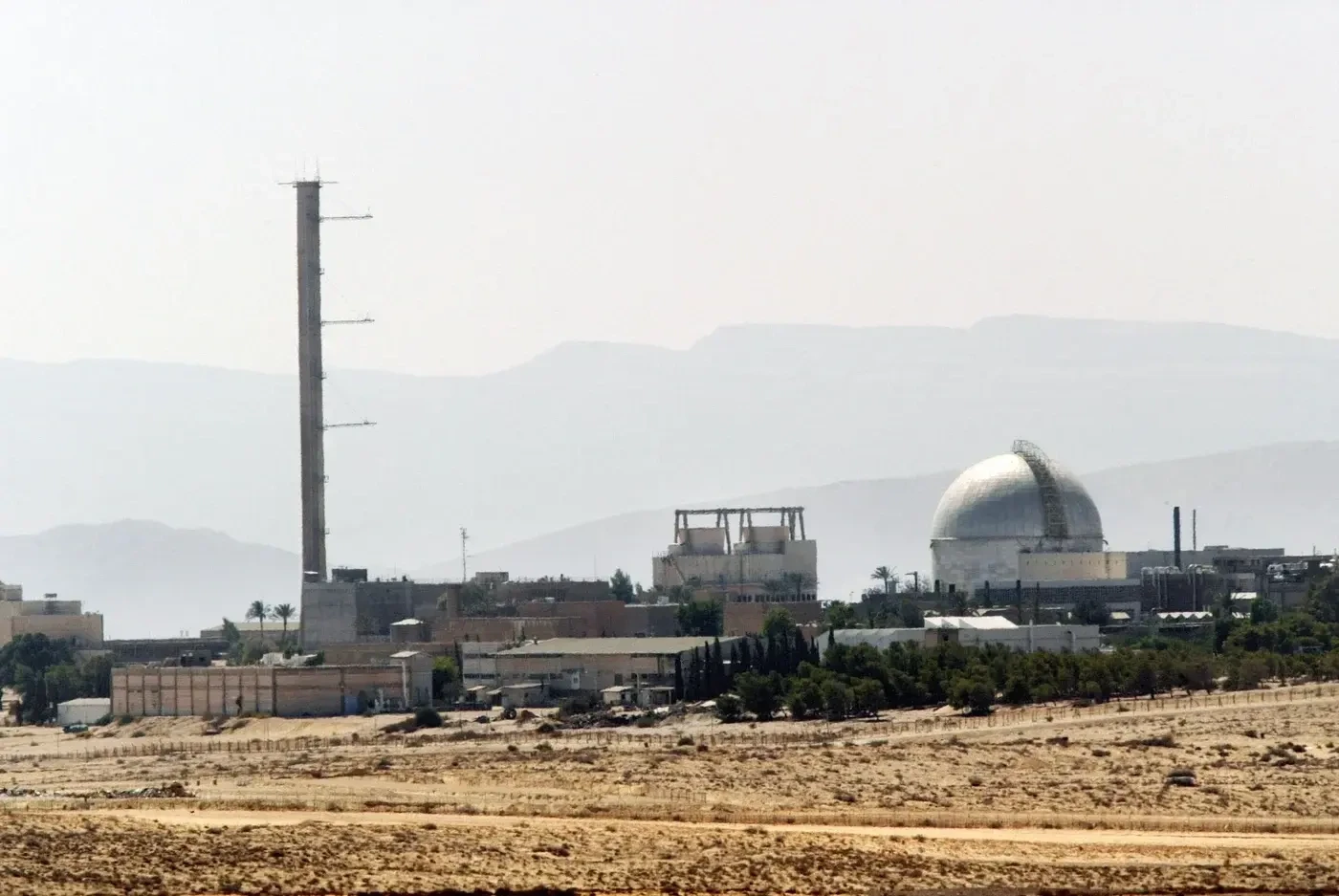
US President Donald Trump has repeatedly warned that Iran must not acquire nuclear weapons. Israeli Prime Minister Benjamin Netanyahu shares this view, recently calling Israel’s surprise strikes on Iran a “pre-emptive measure” to prevent Tehran from developing an atomic bomb.
Iran denies any intention of building nuclear arms and insists its programme is for peaceful use. It is a signatory to the Non-Proliferation Treaty (NPT), which forbids non-nuclear states from acquiring such weapons and allows the International Atomic Energy Agency (IAEA) to inspect nuclear activities.
Ironically, Israel is one of nine nations believed to have nuclear weapons, despite never officially confirming it.
How many nuclear weapons does Israel have?
Estimates suggest Israel holds around 90 nuclear warheads and enough materials to build many more. Among the nine nuclear powers, Israel is thought to have the second-smallest arsenal, only ahead of North Korea.
These warheads are believed to be deployable by land, sea and air. Israel’s F-15, F-16 and F-35 aircraft can be modified to carry nuclear bombs. Six Dolphin-class submarines, built in Germany, are suspected to have nuclear missile capabilities. On land, the Jericho ballistic missile series can travel up to 4,000 km, with about two dozen possibly capable of carrying nuclear warheads.
How it all began: From Holocaust trauma to nuclear resolve
Israel’s nuclear journey began shortly after the state’s founding in 1948. By 1952, the Israel Atomic Energy Commission was formed. Its first chair, Ernst David Bergmann, stated that a nuclear bomb would ensure that “we shall never again be led as lambs to the slaughter.”
In 1958, Israel started constructing a secret facility in Dimona, in the Negev desert. French assistance played a crucial role, providing key technology and aiding the construction of a plutonium reprocessing plant. The cooperation was largely driven by a mutual distrust of Egypt’s then-president, Gamal Abdel Nasser.
At the time, even the United States didn’t know what was really happening in Dimona.
The elaborate deception
Facing pressure from Washington, Israeli Prime Minister David Ben Gurion told the Knesset in 1960 that Dimona was just a “research reactor” for peaceful purposes. US inspectors were allowed to visit between 1961 and 1969, but parts of the site were carefully hidden. Walls were faked, elevators concealed, and a crucial underground separation plant was kept secret.
Despite these inspections, Israel reportedly completed its separation plant by 1965, began producing weapons-grade plutonium by 1966, and had a working nuclear weapon by the Six-Day War in 1967.
The Nixon-Meir understanding of 1969
By the late 1960s, the US had realised Dimona’s real purpose. In 1969, President Richard Nixon and Israeli Prime Minister Golda Meir reached a deal: the US would not interfere as long as Israel kept its nuclear programme quiet.
This unofficial pact, often referred to as the Nixon-Meir deal, remains in effect. Israel continues to maintain a policy of “nuclear ambiguity,” refusing to confirm or deny possession of nuclear weapons. In turn, US administrations have avoided public comment on the matter.
Did Israel ever test a nuclear weapon?
Israel is the only nuclear state that hasn’t openly tested a bomb. However, in 1979, a double flash of light, characteristic of a nuclear explosion, was detected over the South Atlantic. Some believe it was a joint Israeli-South African test.
Former US President Jimmy Carter later wrote, “We have a growing belief among our scientists that the Israelis did indeed conduct a nuclear test explosion.”
The whistleblower who revealed Dimona
In 1986, Mordechai Vanunu, a former nuclear technician, leaked details of Israel’s nuclear programme to The Sunday Times. He claimed Dimona could produce enough plutonium for up to 12 bombs a year and shared 60 photographs of the facility.
Before the story was published, Vanunu was lured to Rome by a Mossad agent, drugged, and secretly flown back to Israel. He was later sentenced to 18 years in prison, much of it in solitary confinement. Even after his release in 2004, he remains under strict restrictions, including a ban on speaking to foreign journalists.
Israel’s nuclear strategy: The Samson Option
Israel has never made its nuclear doctrine public. Prime Minister Netanyahu has said, “That’s our policy. Not to be the first to introduce nuclear weapons into the Middle East.”
Experts suggest Israel would only use nuclear weapons in an extreme “last resort” scenario. This approach is known as the “Samson Option”, a reference to the biblical figure who brought down a temple on himself and his enemies when facing death.
Unlike the Cold War strategy of Mutually Assured Destruction (MAD), the Samson Option implies Israel could act alone if it believes its survival is at stake, even if the threat comes from a non-nuclear power.
Hints at nuclear capability are rare but not absent. In 2016, Netanyahu said, “Our submarine fleet acts as a deterrent to our enemies.” In 2023, Israel’s heritage minister briefly suggested that dropping a nuclear bomb on Gaza was “an option,” later calling the remark “metaphorical.”
